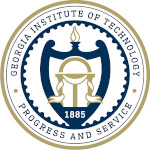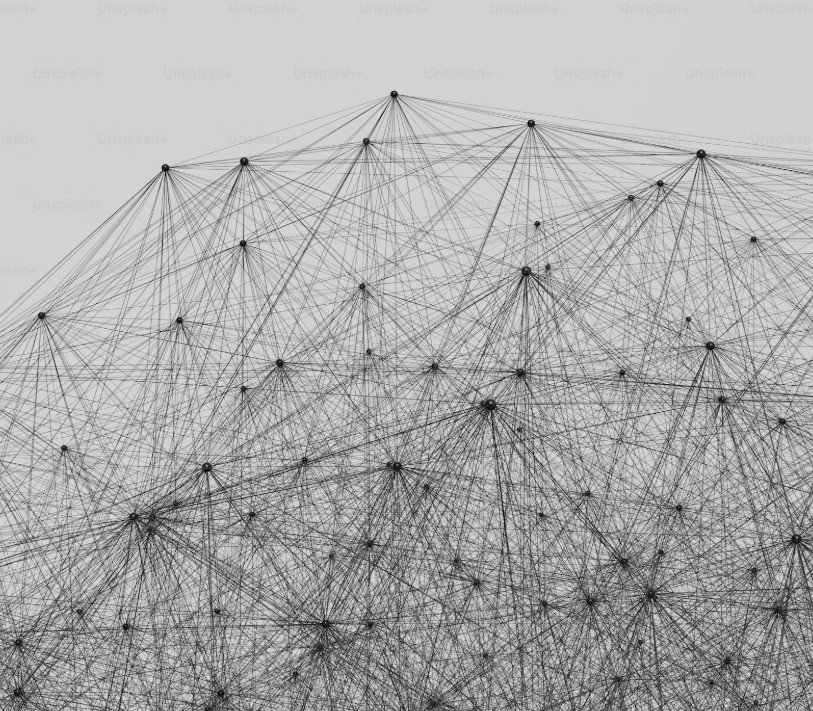
Dr. Majid Farhadi
Scientia et Praxis: Over the course of a decade, I’ve worked at the intersection of mathematics, computer science, artificial intelligence, and real-world systems, blending theory with practice. From my tri-disciplinary PhD to my full-stack quantitative research experience, I’ve tackled complex challenges in machine learning, statistics, optimization, and scalable system design, delivering impactful results in academia and industry.
Humanitas et Ductus: I thrive on collaboration and helping others grow. Managing projects, mentoring, and presenting ideas have taught me the value of clear communication and adaptability. I approach challenges with curiosity, resilience, and a strong focus on empathy and integrity. Off the clock, you may find me in:



















